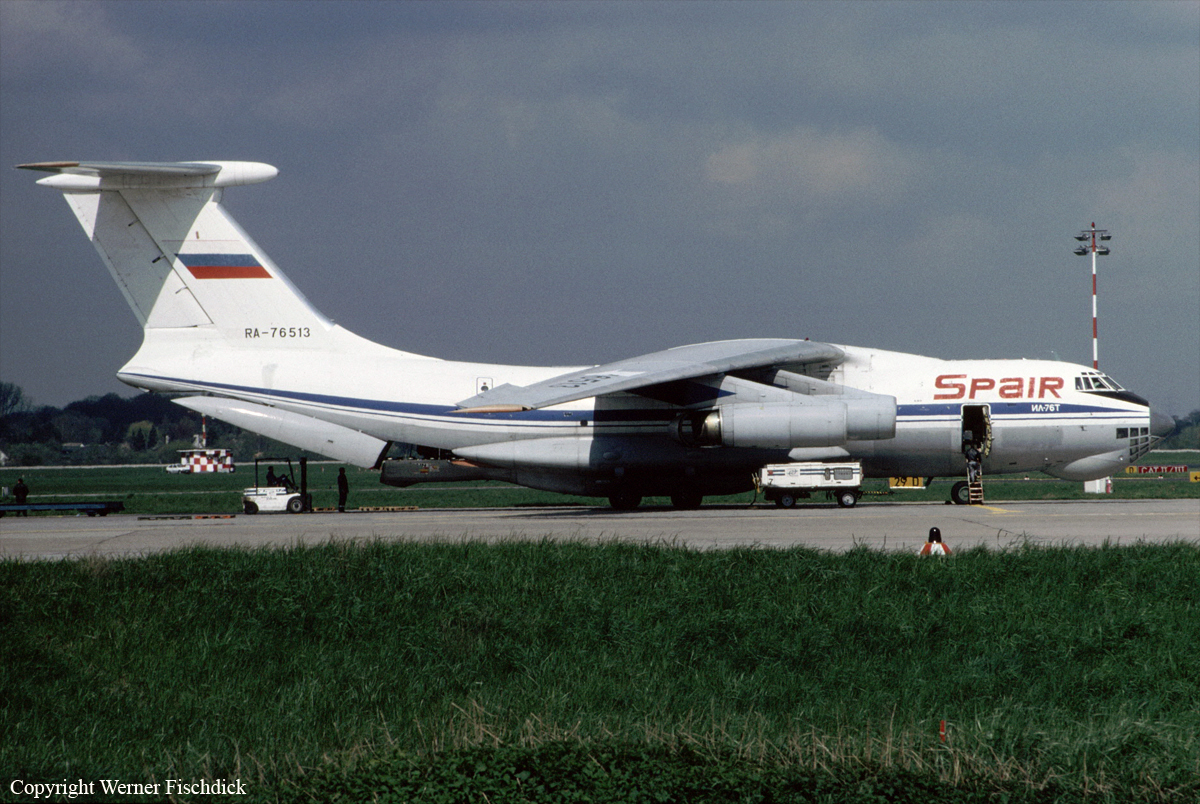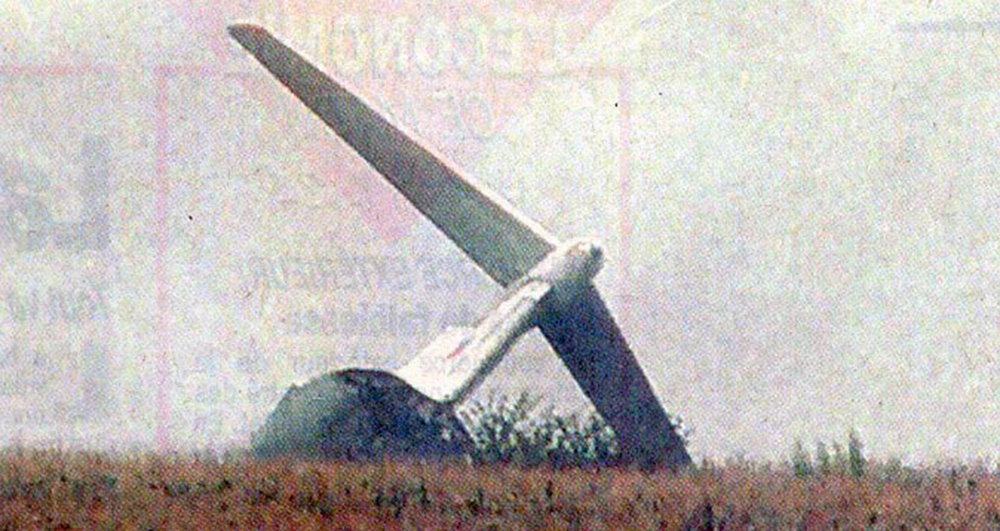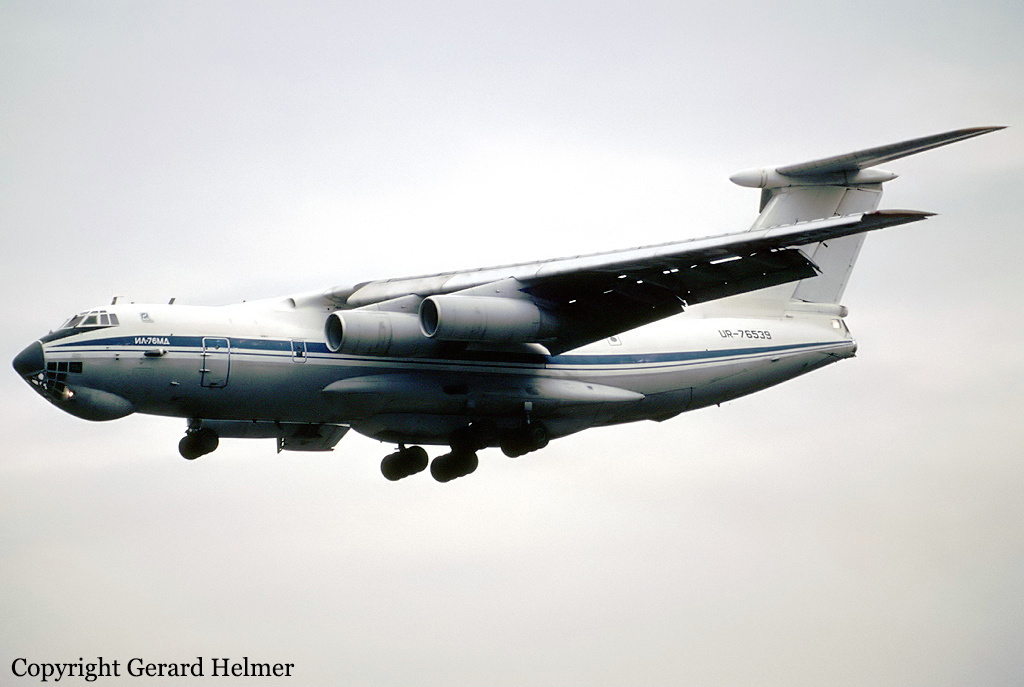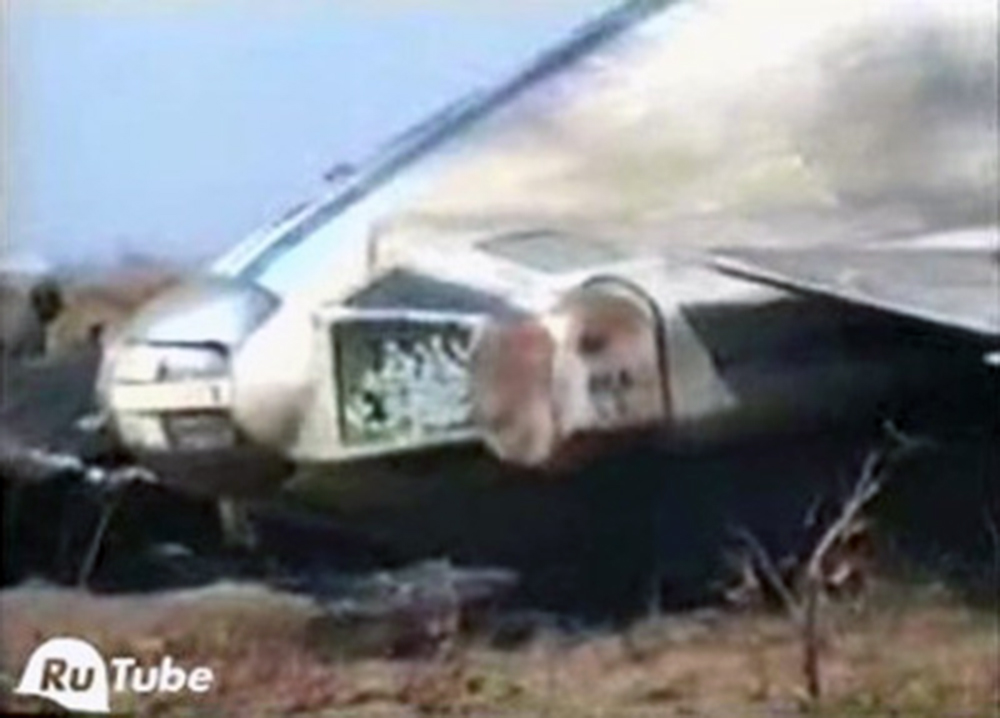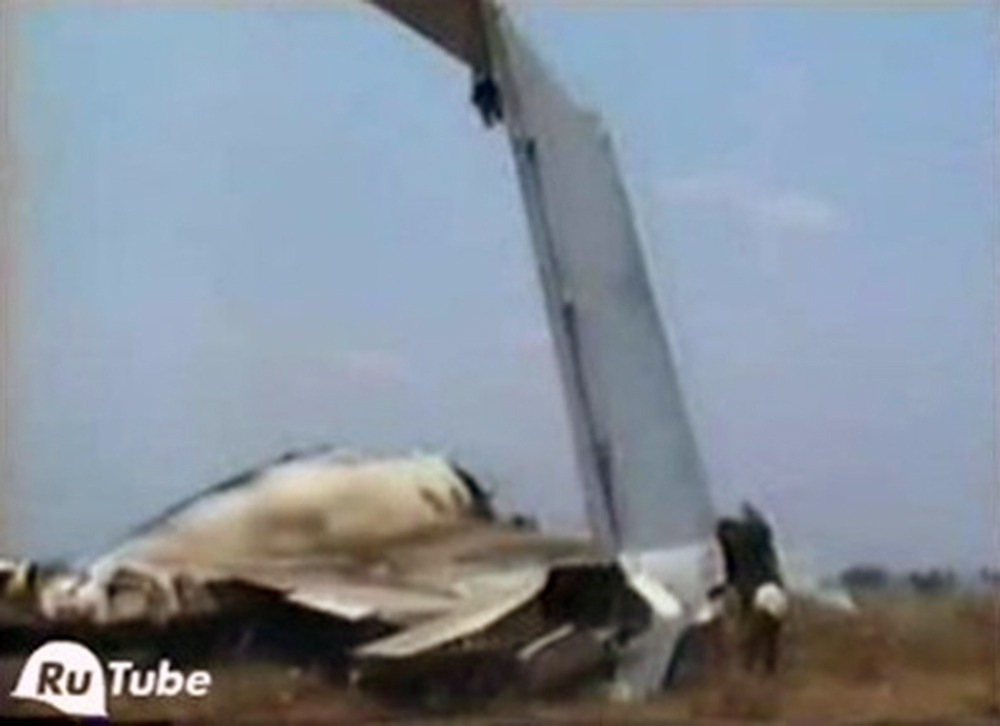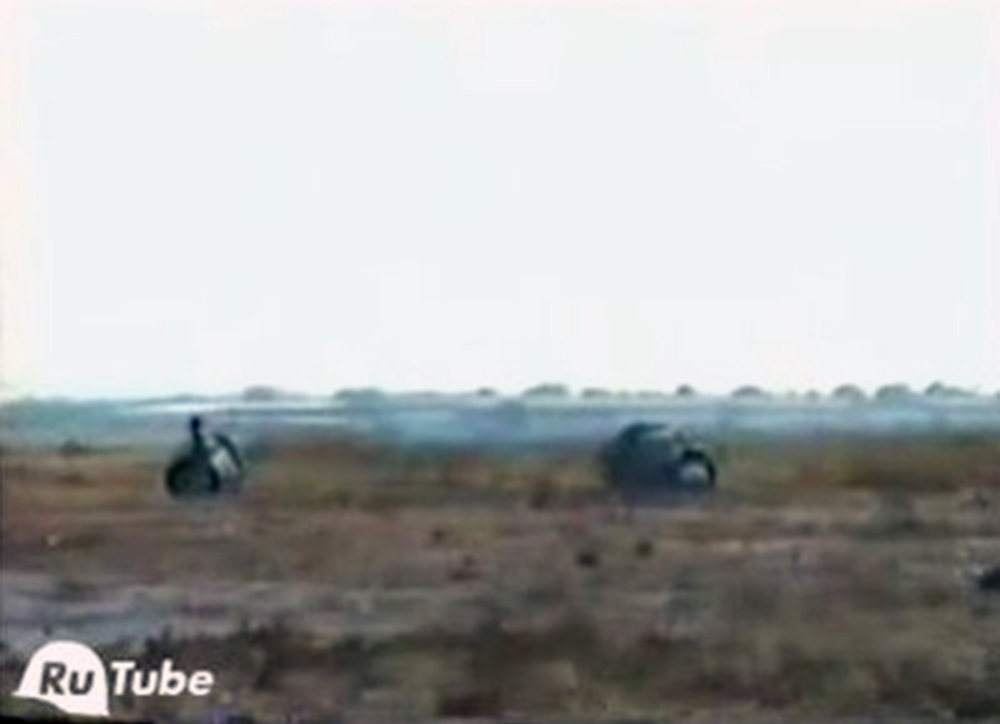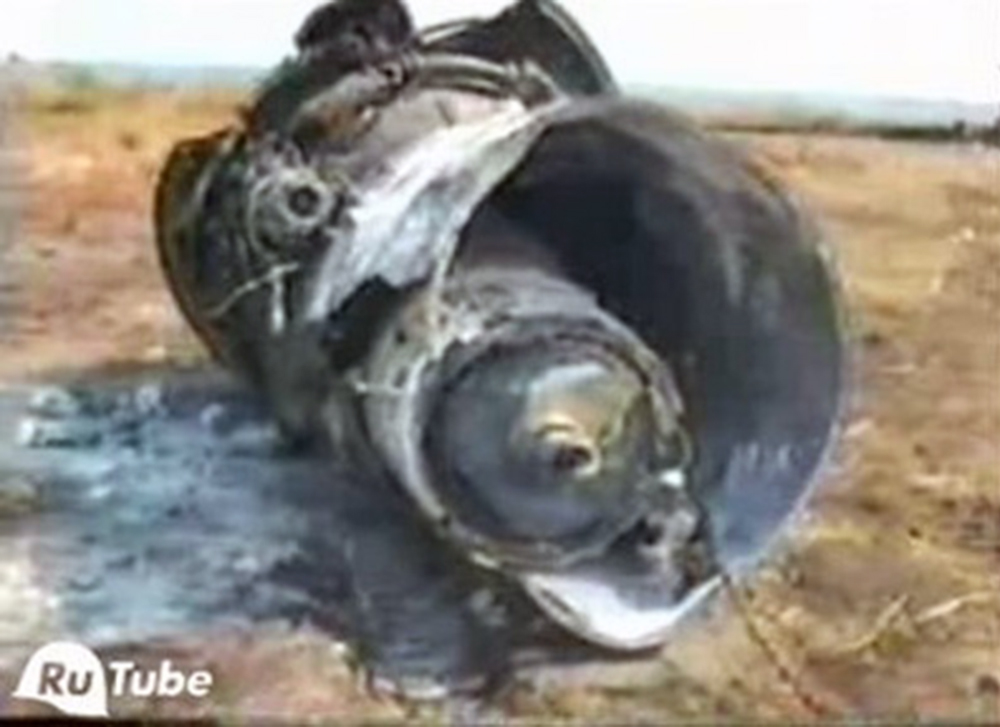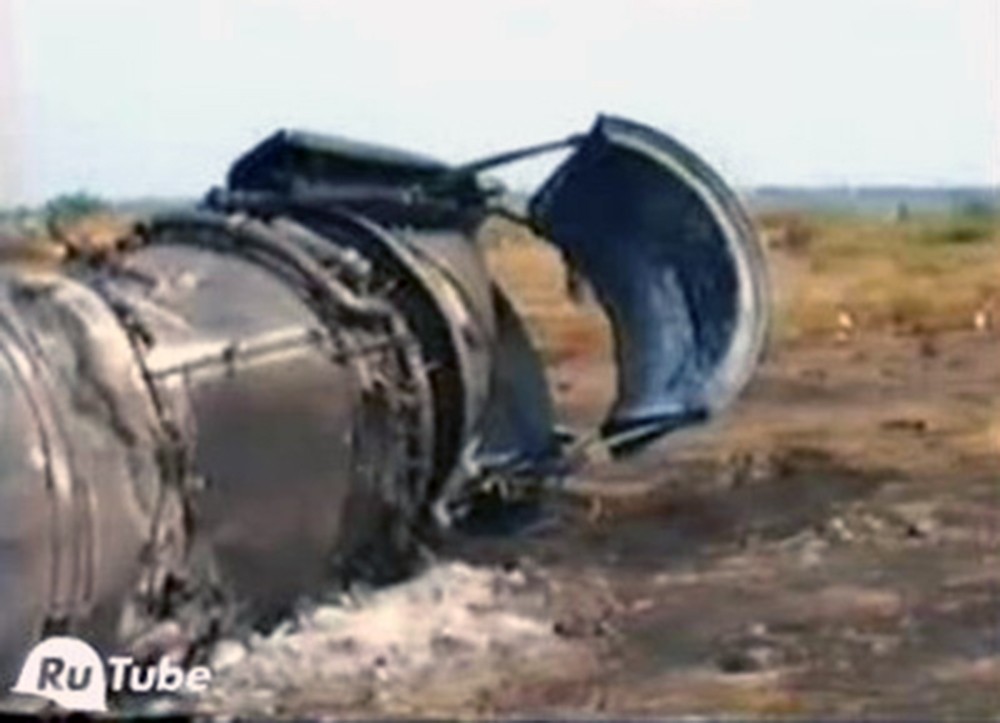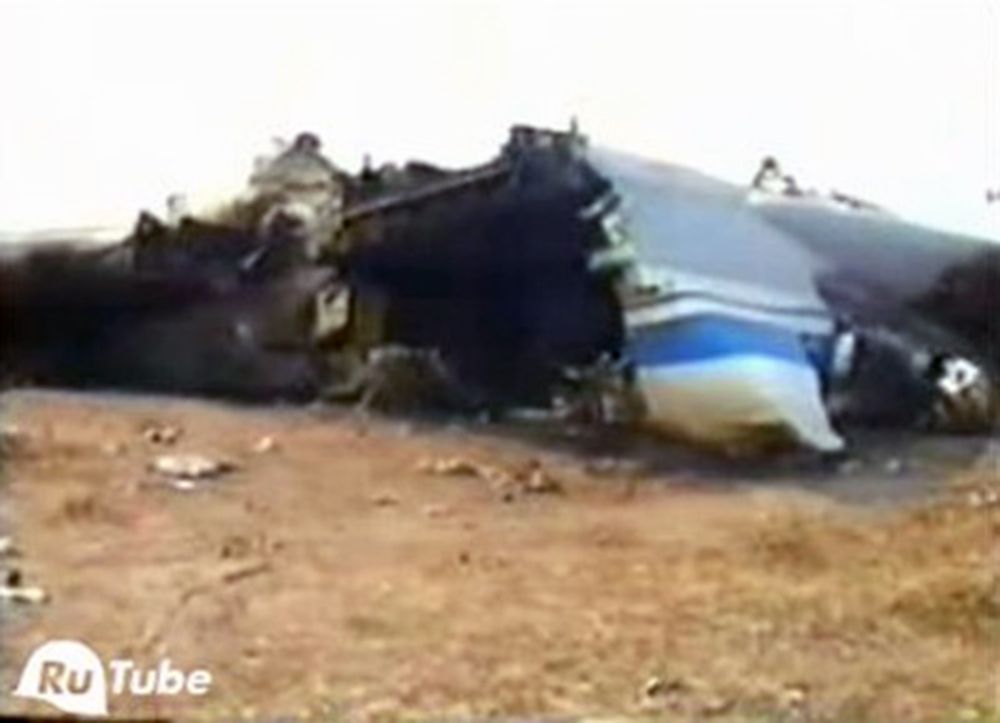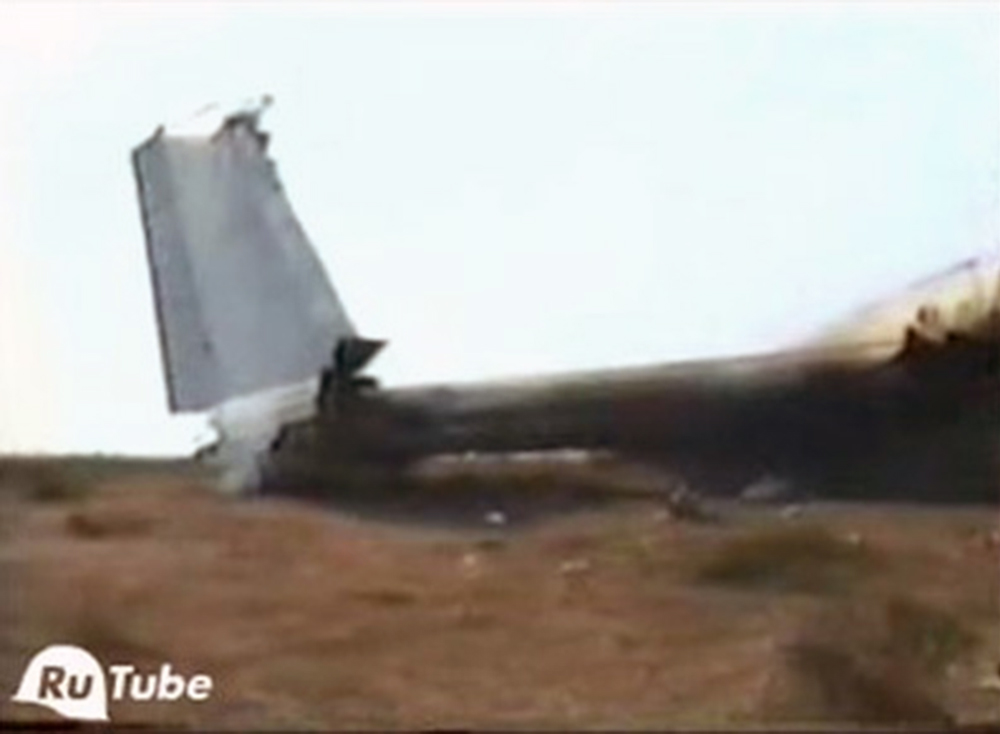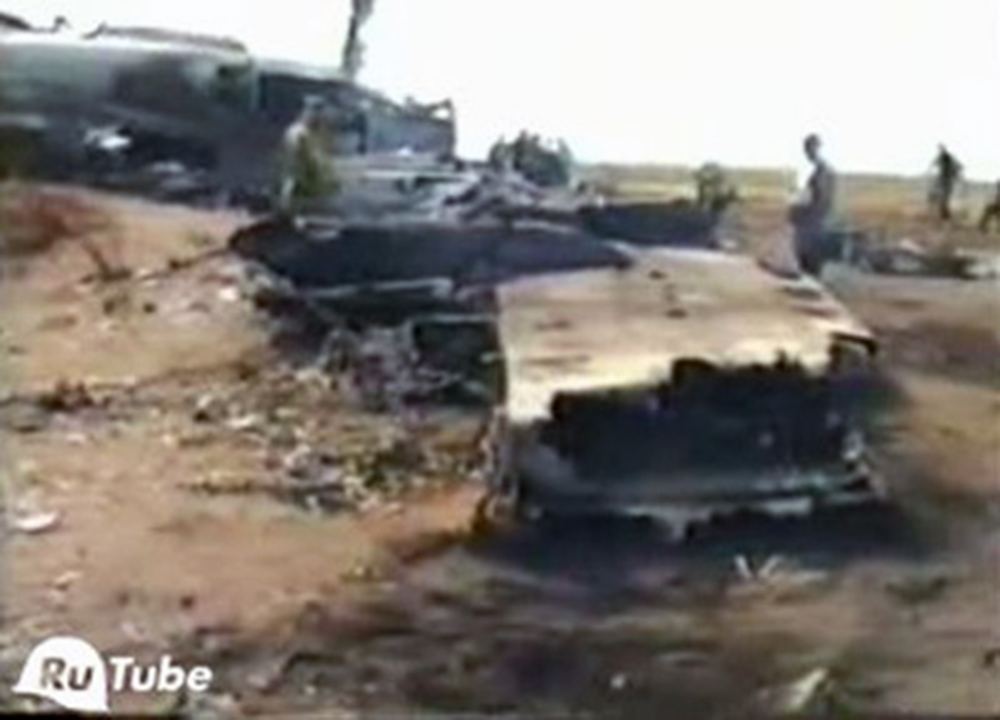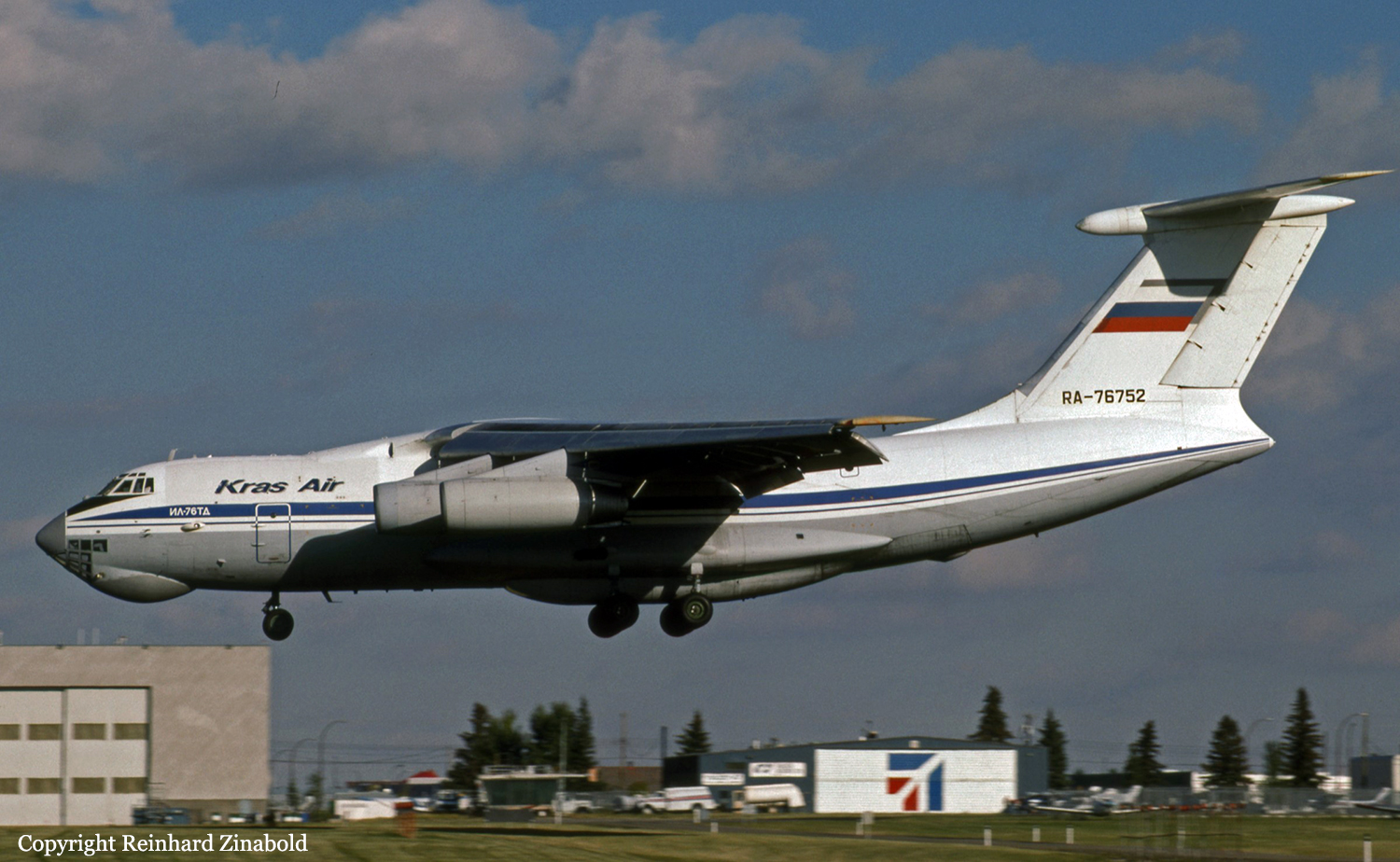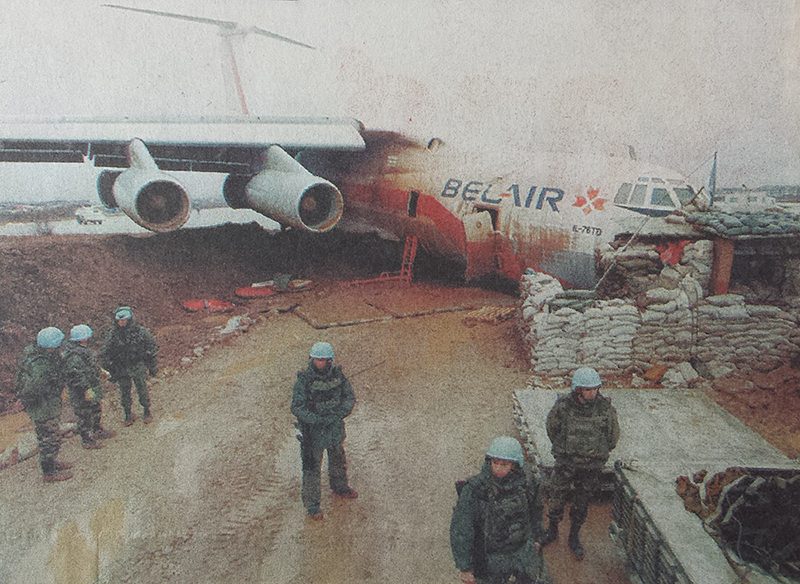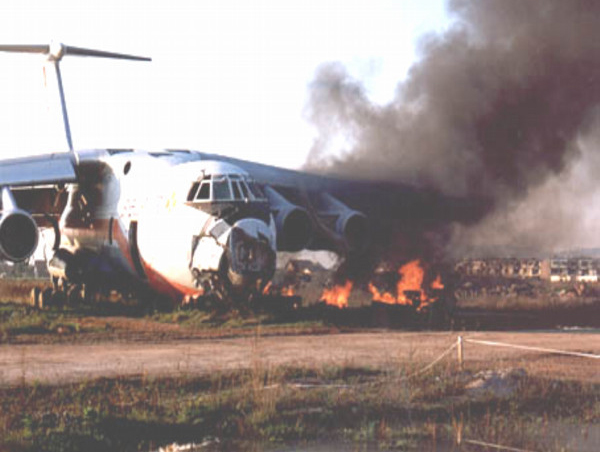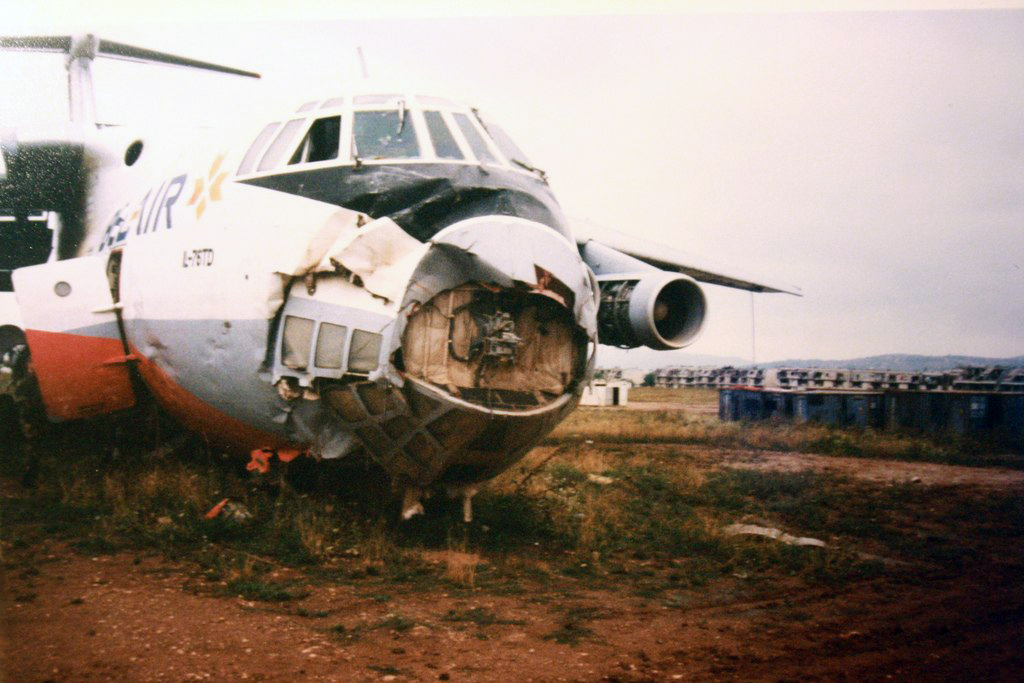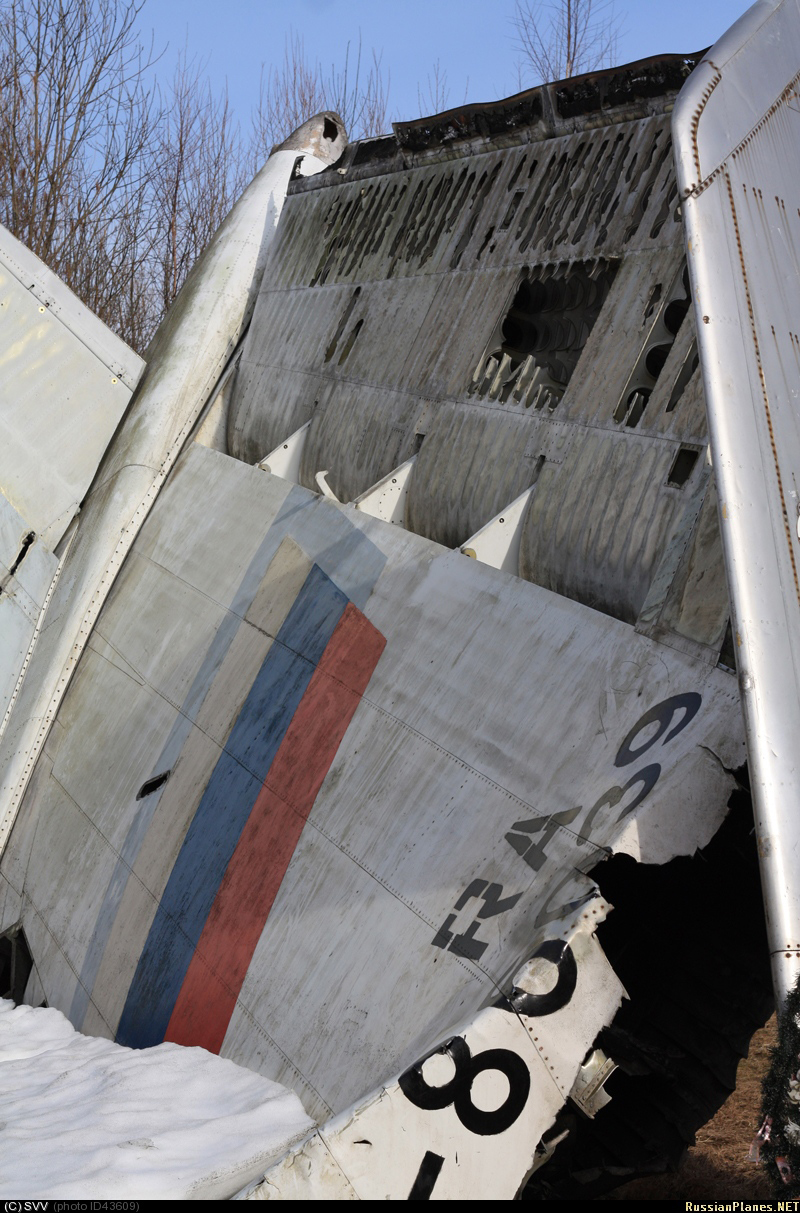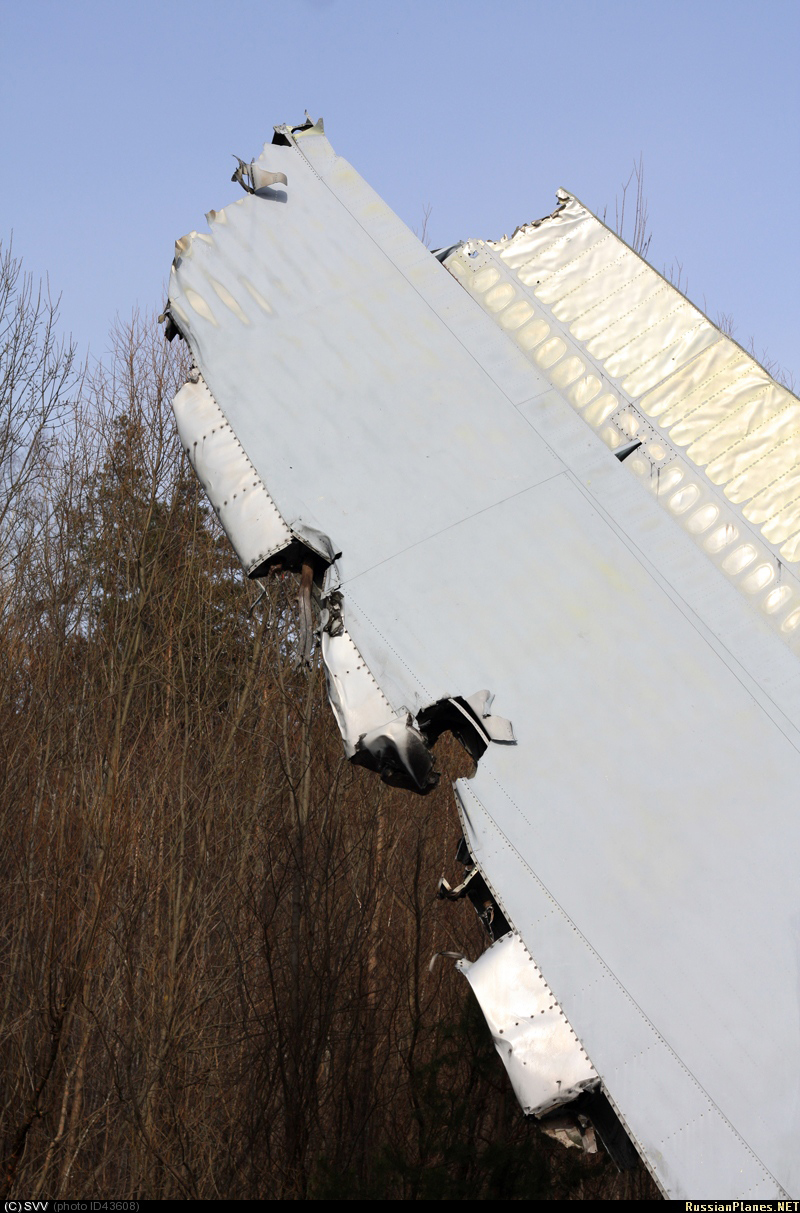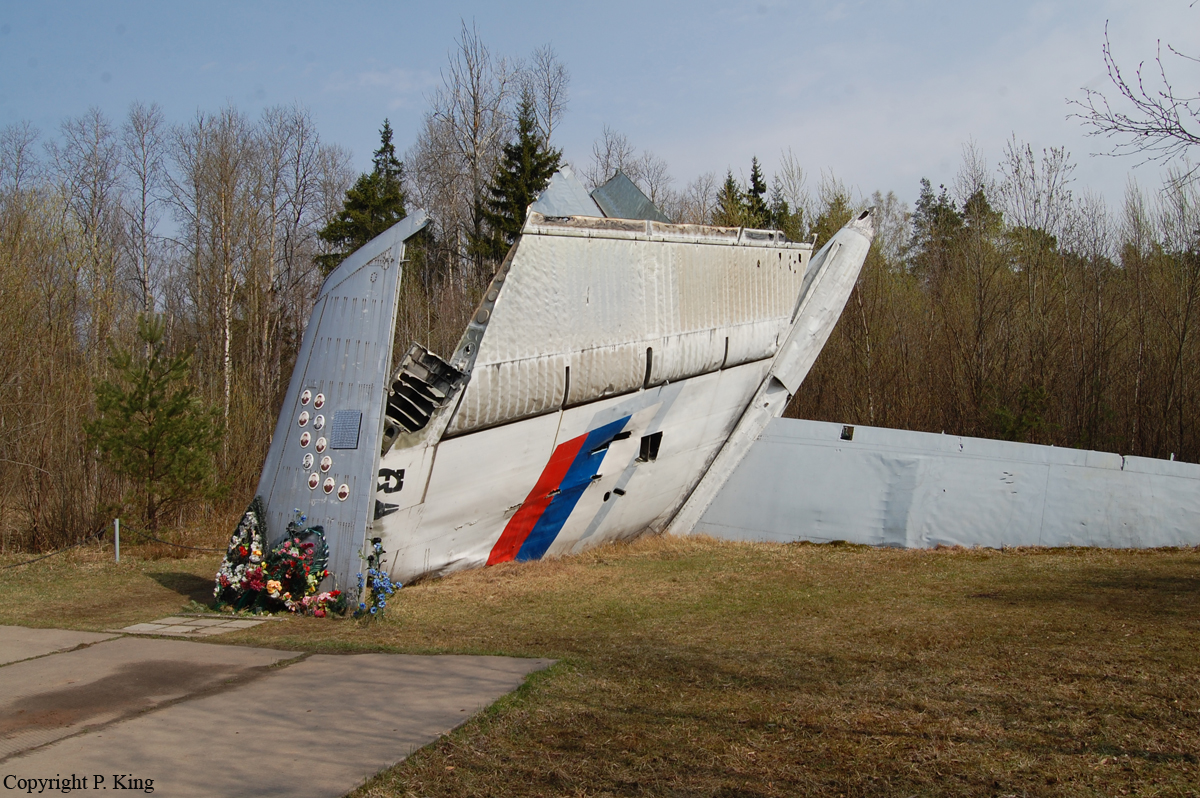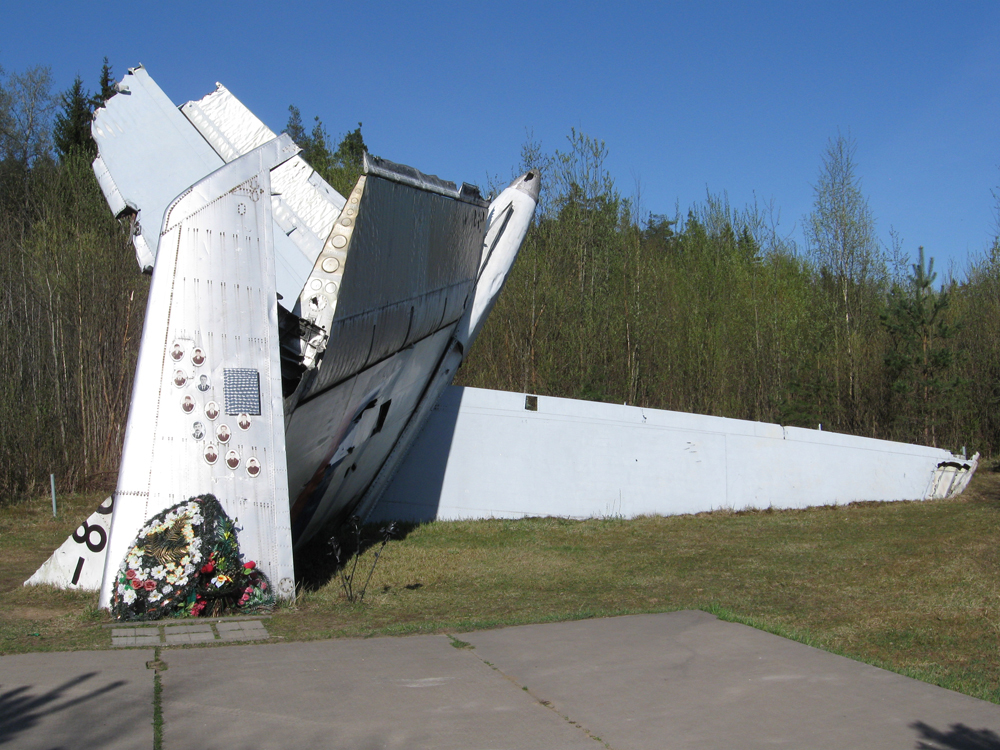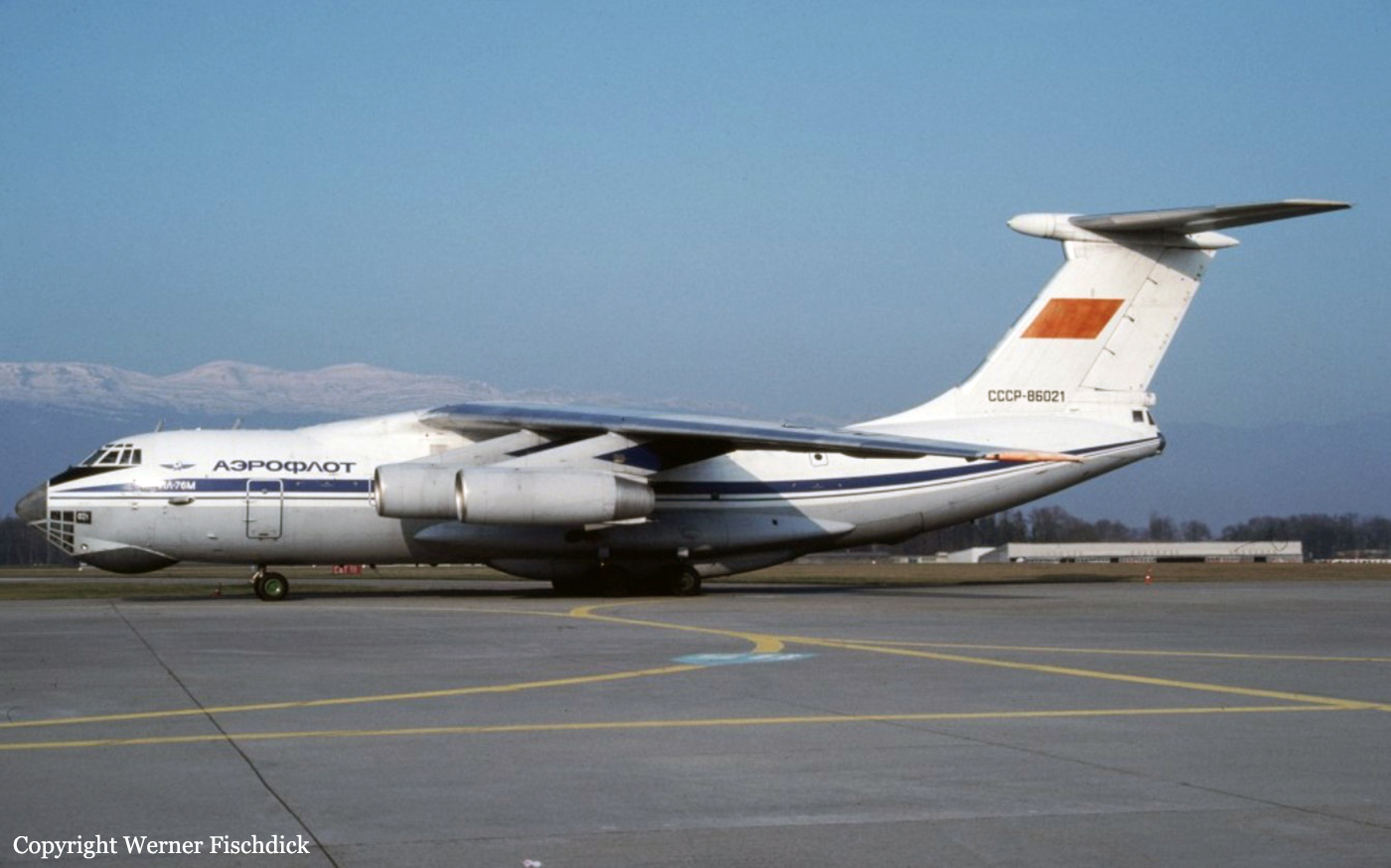Crash of an Ilyushin II-76TD in Belgrade: 12 killed
Date & Time:
Aug 19, 1996 at 0316 LT
Registration:
RA-76513
Survivors:
No
Schedule:
Yekaterinburg - Belgrade - Valetta
MSN:
00834 14451
YOM:
1988
Crew on board:
10
Crew fatalities:
Pax on board:
2
Pax fatalities:
Other fatalities:
Total fatalities:
12
Circumstances:
The aircraft was completing a cargo flight from Yekaterinburg to Africa via Belgrade and Luqa, Malta, carrying two passengers, 10 crew members and a load of aircraft tires and squibs. Following a night takeoff from Belgrade-Surčin Airport, the crew informed ATC about technical problems and reported the loss of all electrical power. Following a holding pattern for about 2,5 hours, the crew attempted to land but the visibility was low due to poor weather conditions. On short final, without any headlights, the aircraft struck the ground and crashed 800 metres short of runway, bursting into flames. All 12 occupants were killed.
Probable cause:
It was determined that prior to takeoff from Belgrade-Surčin Airport, while preparing the flight, the crew forgot to switch on the VU-6A AC/DC converter after start-up of the engines, causing the 27 volts electrical system to be constantly fed from the batteries. When batteries ran flat, all the avionic and boosters were left without power.
